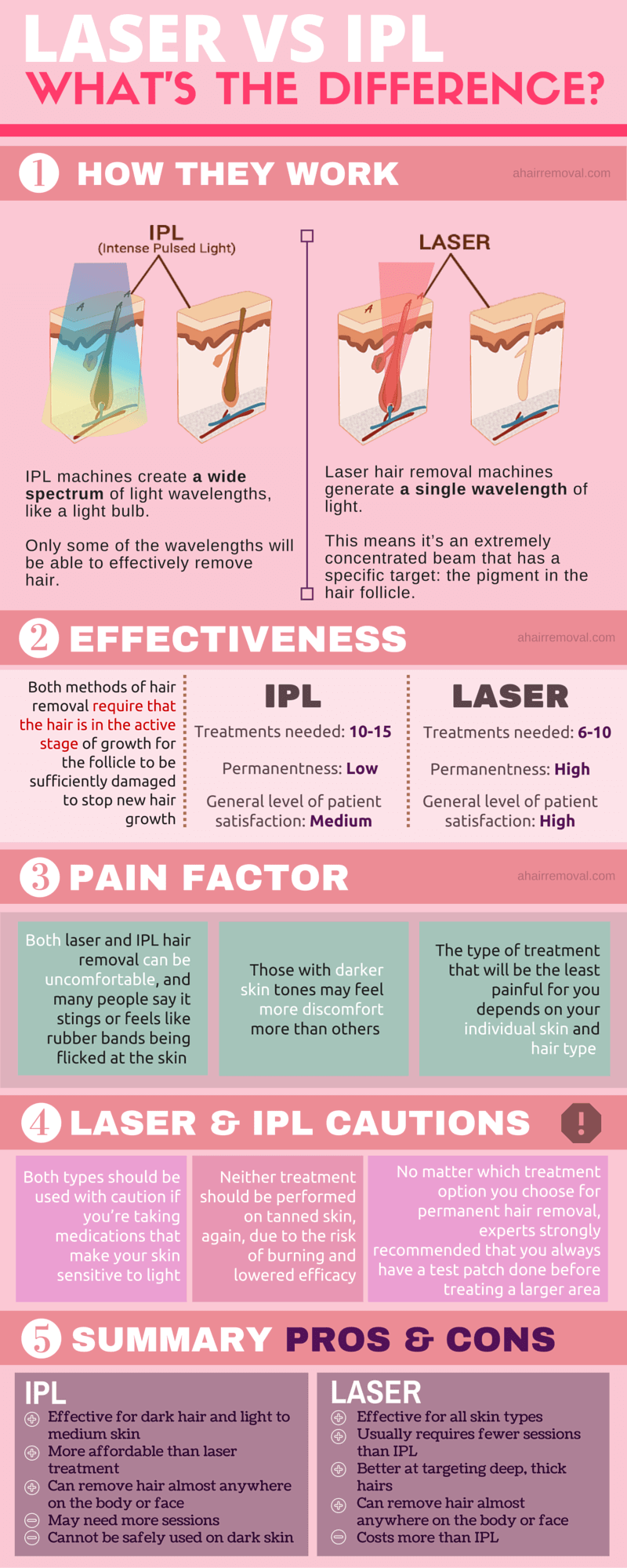Many Battle With Acne Therapy Choices; Discover The Crucial Distinctions Between Prescription And OTC Alternatives To Locate What Really Benefits You
Many Battle With Acne Therapy Choices; Discover The Crucial Distinctions Between Prescription And OTC Alternatives To Locate What Really Benefits You
Blog Article
Material Writer-Jansen Strauss
Did you understand that virtually 85% of people experience acne at some time in their lives? When you're confronted with this typical skin concern, deciding between prescription and over the counter (OTC) treatments can be tricky. Each option has its very own set of benefits and downsides, which can dramatically affect your skin's health. So, exactly how do you figure out which treatment lines up best with your needs? Comprehending the vital differences and what they indicate for your unique situation could just hold the solution.
Key Differences Between Treatments
When it comes to acne treatments, comprehending the key distinctions can make a substantial influence on your skin's health and wellness.
You'll locate 2 key groups: non-prescription (OTC) and prescription therapies. OTC options, such as benzoyl peroxide and salicylic acid, are easily available and tend to be less intensive. They often function by unclogging pores and minimizing swelling, making them suitable for moderate to modest acne.
On the other hand, prescription treatments generally include more powerful active components, like retinoids or antibiotics, and are tailored for a lot more extreme situations. These therapies typically need a dermatologist's advice, enabling them to target specific skin concerns successfully.
The strength and formula of prescription options can cause quicker results however might additionally feature a greater risk of negative effects.
You ought to additionally consider your skin type and any sensitivities when choosing a therapy. As an example, if you have delicate skin, OTC treatments might be a gentler beginning factor.
Inevitably, knowing these differences helps you make informed selections regarding your acne therapy journey and leads you toward more clear skin.
Benefits and drawbacks of Prescription Choices
Prescription choices for acne therapy included both benefits and downsides that you should weigh carefully.
One major pro is their strength. Prescription medicines often have greater concentrations of energetic ingredients, which can bring about faster and much more effective results contrasted to non-prescription (OTC) items. You might additionally find that prescriptions are customized to your details skin type and acne intensity, giving a much more individualized method.
On the other hand, these treatments can include considerable disadvantages. For one, they might have side effects varying from light inflammation to more significant difficulties, which you require to keep track of closely.
In addition, prescription treatments can be extra pricey, specifically if your insurance doesn't cover them. check this link right here now may likewise face obstacles in getting a prescription, as it needs a browse through to a doctor, which can be lengthy and inconvenient.
Advantages of OTC Treatments
OTC treatments commonly use a hassle-free and obtainable service for taking care of acne. You can easily discover these items in drug stores, food store, or online, making them conveniently available without a prescription. pop over to this web-site suggests you can start your acne therapy whenever you require to, without awaiting a doctor's appointment.
One more significant advantage of OTC therapies is their affordability. Numerous non-prescription options are economical, permitting you to explore various formulas without breaking the financial institution. You can try different items to see what works best for your skin type.
OTC treatments likewise are available in a range of formulations, consisting of gels, lotions, and cleans. This variety allows you to choose an item that fits your way of life and choices. Many consist of active components like benzoyl peroxide or salicylic acid, which work in treating acne.
Last but not least, you have the freedom to readjust your program based upon your skin's response. If one item isn't working, you can easily switch to one more without a lengthy examination process. This versatility encourages you to take control of your acne administration trip.
Conclusion
In the long run, selecting between prescription and OTC acne therapies actually comes down to your unique skin requirements and scenarios. While prescriptions might look like the golden ticket for quick results, OTC alternatives provide an even more accessible path, allowing you take control of your skin care trip. Welcome the adaptability of OTC items or consider the customized strategy of prescriptions-- in any case, you're taking a positive step towards clearer skin and enhancing your confidence in the process.
